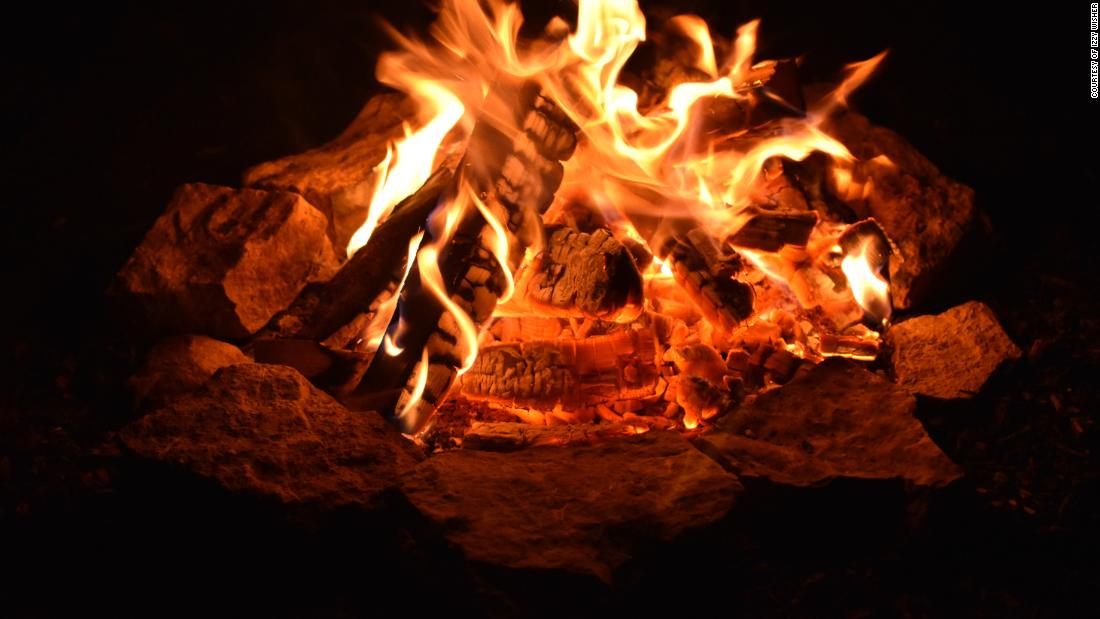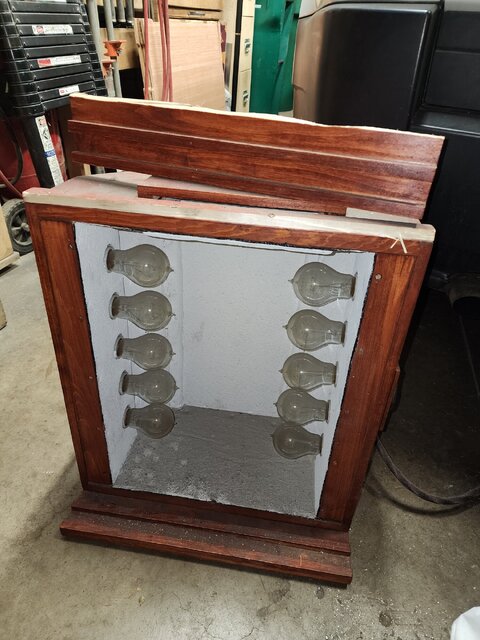I was revising some of my lighting intro materials and trying to expand a bit on the intro section (The Greeks used the sun, then we burned stuff, then electricity), but diving into it I realized I couldn't really pin down two seemingly ubiquitous aspects of modern theater lighting. I found one source that seemed to point to a fella named Inigo Jones as the progenitor of the reflector as used with candlelight and the stage, but I am drawing a blank with the origination of optics and theatrical lighting instruments. Beyond creating a little "How we got here" blurb, I have to admit I have developed a healthy curiosity about this.
I have found a few threads here on the booth, and I'll go ahead and send up the @ship flare, but it seems that the earliest optics arrived around electric lighting and were initially pretty basic beam shaping PC lenses. A couple of other rabbit holes pointed toward lighthouses which of course would include Augustin-Jean Fresnel, but I found that the first proposed use of a lens in a lighthouse allegedly occurred in 1759 where a spherical reflector and a PC lens could be combined with a lamp, however the proposed lens was 15' in diameter and so thick it would obfuscate most of the visible light from the source- a problem Mr. Fresnel was instrumental in solving, of course.
It's a pretty interesting read about lighthouses here.
In any event, it seems that at least in lighthouses we were using optics as early as 18th century. Found a little bit about Thomas Drummond and his version of the limelight, and that seemed to incorporate some rudimentary lenses? But it looks like he was more interested in using them for surveying. Can anyone point me in the direction of a resource that might relate information about glass and the stage?
I have found a few threads here on the booth, and I'll go ahead and send up the @ship flare, but it seems that the earliest optics arrived around electric lighting and were initially pretty basic beam shaping PC lenses. A couple of other rabbit holes pointed toward lighthouses which of course would include Augustin-Jean Fresnel, but I found that the first proposed use of a lens in a lighthouse allegedly occurred in 1759 where a spherical reflector and a PC lens could be combined with a lamp, however the proposed lens was 15' in diameter and so thick it would obfuscate most of the visible light from the source- a problem Mr. Fresnel was instrumental in solving, of course.
It's a pretty interesting read about lighthouses here.
In any event, it seems that at least in lighthouses we were using optics as early as 18th century. Found a little bit about Thomas Drummond and his version of the limelight, and that seemed to incorporate some rudimentary lenses? But it looks like he was more interested in using them for surveying. Can anyone point me in the direction of a resource that might relate information about glass and the stage?




